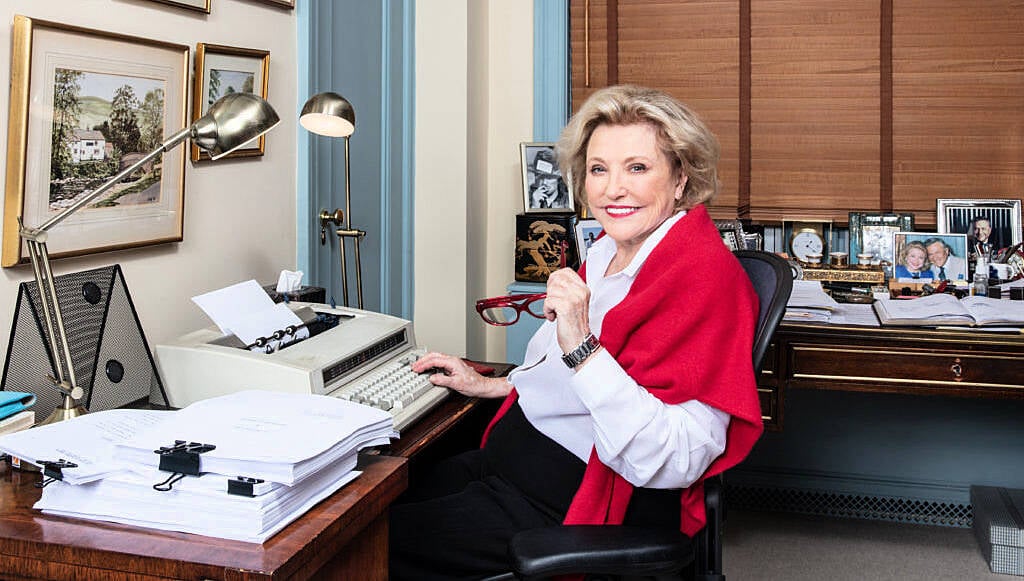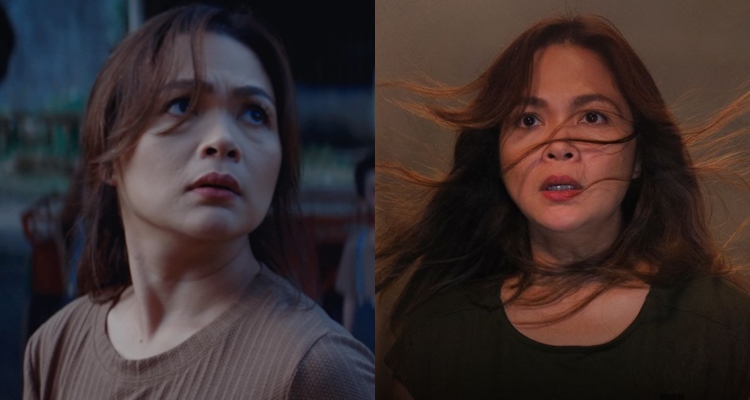This is not a paywall You can keep reading for free! At Hyperallergic , we strive to make art more inclusive, so you’ll never hit a paywall when reading our articles. But, as an independent publication, we rely on readers like you to keep our high-quality coverage free and accessible. Please consider joining us as a member to support independent journalism.
Already a member? Sign in here. We rely on readers like you to fund our journalism. If you value our coverage and want to support more of it, consider supporting us as a member.
Join Us ROSENDALE, New York — It was the summer of 1974 when college friends Ann Kalmbach, Tatana “Tana” Kellner, Anita Wetzel, and Barbara “Babs” Leoff Burge rented out a two-story single-family house in the working-class town of Rosendale, about two hours north of New York City. It was a time of social reckoning in the United States, the peak of the second-wave feminist movement that saw the passage of Roe v. Wade and the emergence of women-led arts spaces and communities like AIR Gallery, the “Where We At” Black Women Artists, Inc.
, and the Heresies Collective. And like these groups, the quartet of artists in Rosendale were frustrated with the absence of opportunities for women artists. They had part-time jobs (but still couldn’t independently take out a credit loan) when they forged the Women’s Studio Workshop (WSW) — a new feminist teaching arts collective that aimed to create accessible pathways for themselves and their .


















